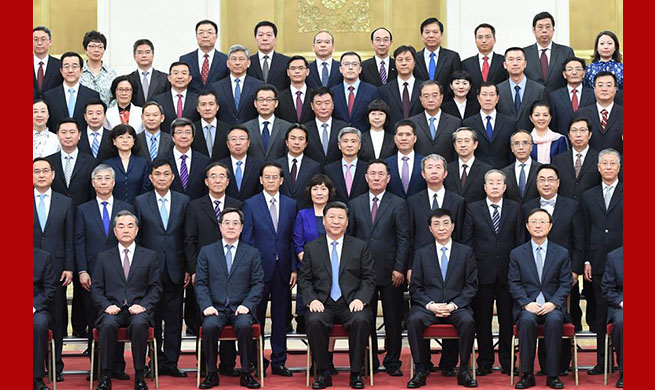HEFEI, July 17 (Xinhua) -- Chinese and Canadian scientists have developed a predictive model for hydrogen trapping and bubbling in nanovoids, which is crucial to the understanding of hydrogen-induced damage in structural materials.
Hydrogen, the most abundant element in existence, is a highly anticipated fuel for fusion reactions and thus an important focus of study. However, it can easily penetrate metal surfaces through the gaps between metal atoms and causes damage.
"The interplay between hydrogen and nanovoids has long been recognized as a key factor in hydrogen-induced damage in structural materials, yet it remains poorly understood," said Wu Xuebang, a researcher from the Institute of Solid State Physics, Chinese Academy of Sciences.
Based on fundamental quantum mechanics, the research team proposed using computer simulations to tackle the problem. After five years of efforts, the researchers, in cooperation with a Canadian team, have established a predictive model for quantitative determination of the configurations and energetics of hydrogen adatoms in nanovoids.
Hou Jie, the first author of the research paper, said that their model offers mechanistic insights for evaluating hydrogen-induced damage in nuclear fusion reactors, thus paving the way for harvesting fusion energy in the future.
The study was published in the latest issue of Nature Materials.
















